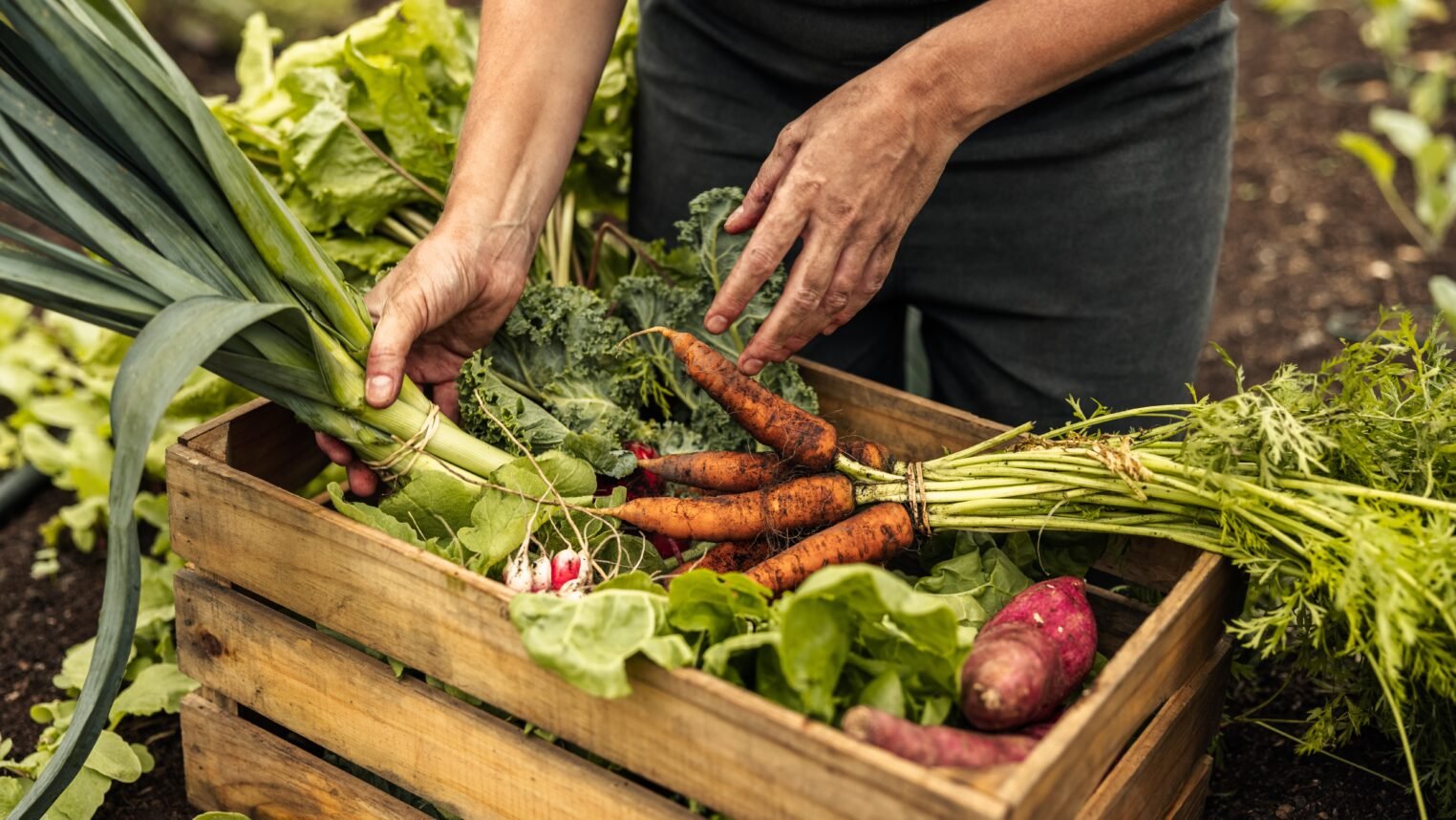Curious About Organic Food? Your Complete Guide to What the Labels Really Mean
Consumers are more health-conscious than ever, but understanding the various terms on a food label can be confusing even for the most savvy grocery shoppers. From free-range to organic to non-GMO, you aren’t alone if you feel overwhelmed in navigating the various terms seen on food labels.
As a Registered Dietitian, I want consumers to feel empowered when shopping– and I aim to cut through the various labels and explain what they mean so you can make informed choices about what goes into your grocery cart.
Here’s what those food labels really mean.
How is Organic Food Grown?
Organic farmers rely on crop rotation and cover crops to enrich the soil in which they grow their crops. Crop rotation is the practice of planting different crops on the same area of land to help improve soil health, optimize nutrients, and help naturally combat pests and weeds. Different plants have different nutritional needs, so if a farmer plants the same crop in the same field every year (like corn), they continually use the same nutrients in the soil. Crop rotation helps naturally return nutrients to the soil and increases biodiversity, as insects and pollinators are attracted to different crops.
The primary job of cover crops is to improve the soil. They are planted in fields that would otherwise not have crops planted on them, like between growing seasons, to help protect the soil from erosion and nutrient loss.
To earn an organic certification, the land must be handled without prohibited materials for at least three years. In an organic farming model, farmers and farm workers are exposed to fewer harmful chemicals. Additionally, fewer synthetic chemicals are leached into the soil and water, which benefits the rural communities where most farms are located.
How is Organic Food Processed?
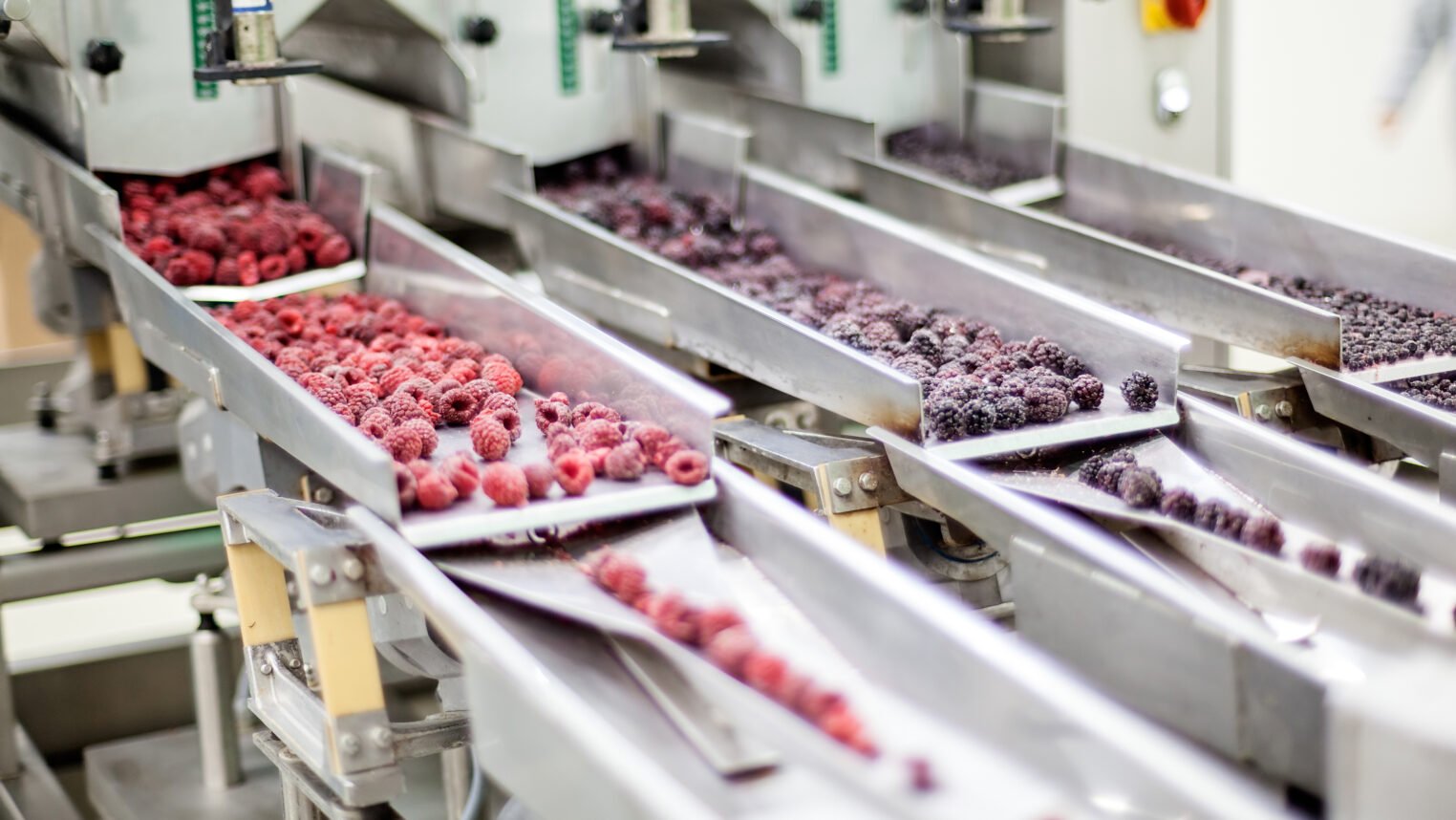
Organic foods are minimally processed to maintain the integrity of the food product. In addition to containing organic ingredients, organic food cannot contain any genetically modified organisms (GMOs), artificial flavors, artificial colors, or artificial preservatives.
What is the USDA Organic Seal?
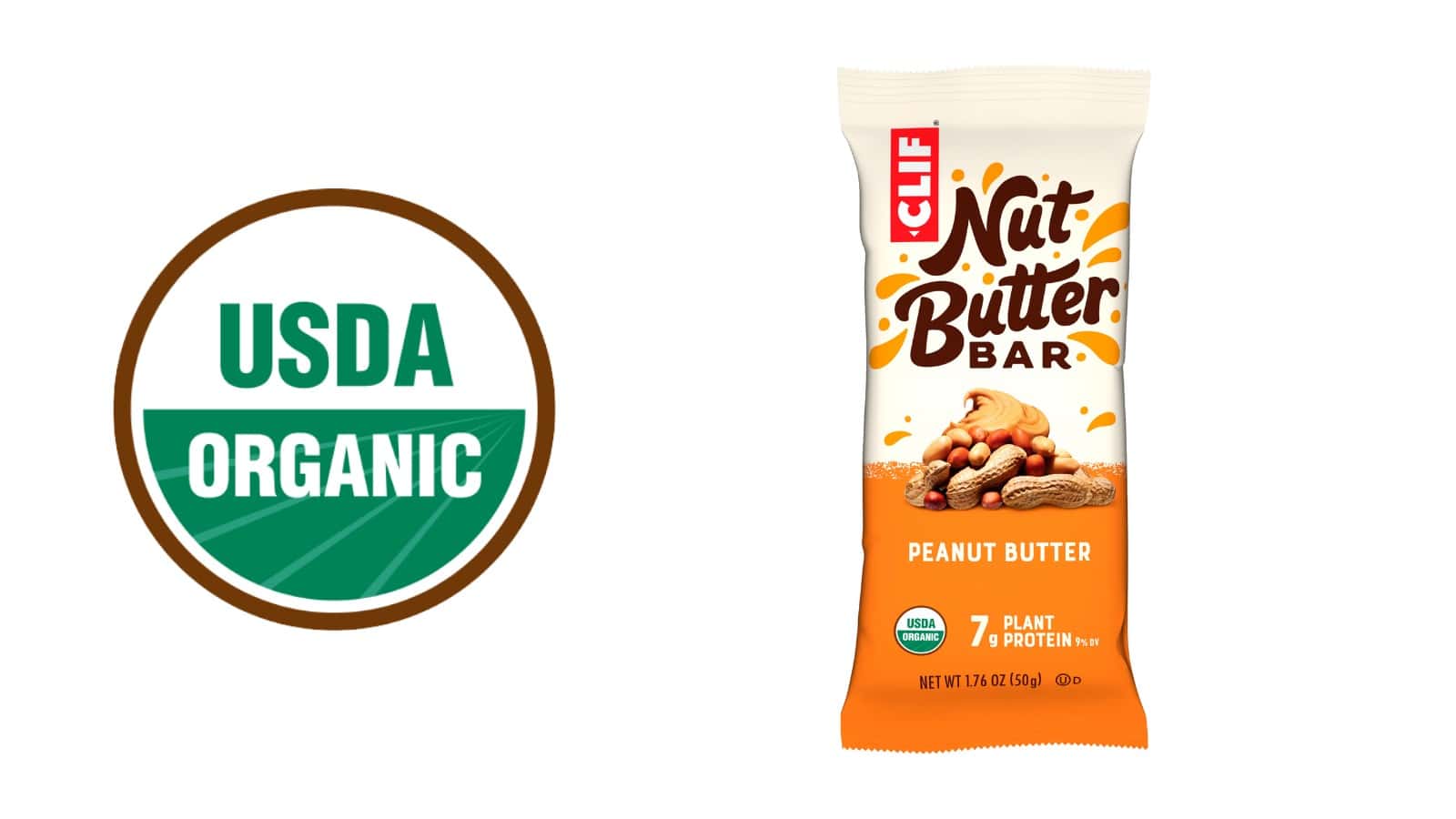
The green and white USDA organic seal, shown above, means that the food is certified organic. It is the only certification standard backed by the oversight of the federal government, which makes it reliable and trusted.
The USDA Organic label guarantees that no toxic and synthetic pesticides or fertilizers are used (organic options are allowed), it’s non-GMOs, no antibiotics or synthetic growth hormones are allowed, no artificial flavors, colors or preservatives and no sewage sludge or irradiation is permitted in the manufacturing of the food product.
Products displaying the USDA Organic seal are produced using exclusively organic methods and contain at least 95% organically produced ingredients.
Made with Organic Oats
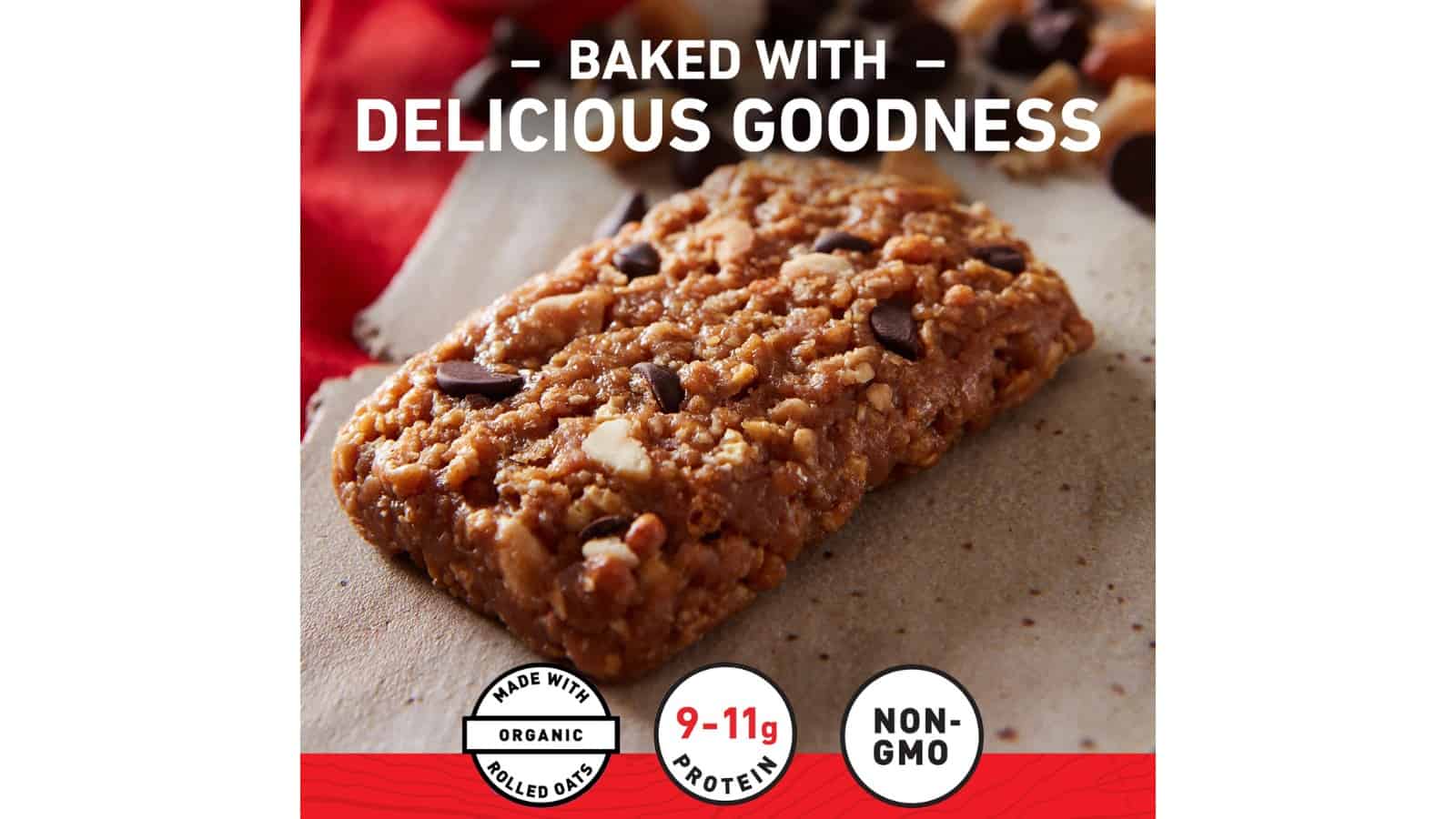
In the absence of the green and white USDA seal, companies can highlight certain organic ingredients with “made with” claims that are still backed by federal oversight. This label requires the food to contain at least 70% organic ingredients in the recipe and the claim can communicate up to three specific ingredients.
As an example, these Clif Bar Energy Bars proudly claims “Made with Organic Oats” and their Clif Bar Nut Butter Bar displays the green and white USDA Organic seal.
100% Organic
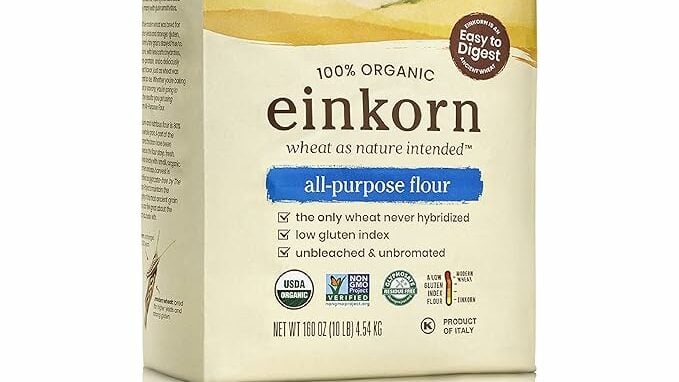
Foods that have the USDA organic seal must be at least 95% organic, and some brands choose to add an additional note that their products are 100% organic.
As with anything carrying the USDA seal, the processing aids are also regulated, not just the ingredients, and, the name of the certifying agent (like the USDA) must appear on the package.
In the product shown above, the flour is both 100% organic and contains the USDA organic label.
Products with less than 70% organic ingredients
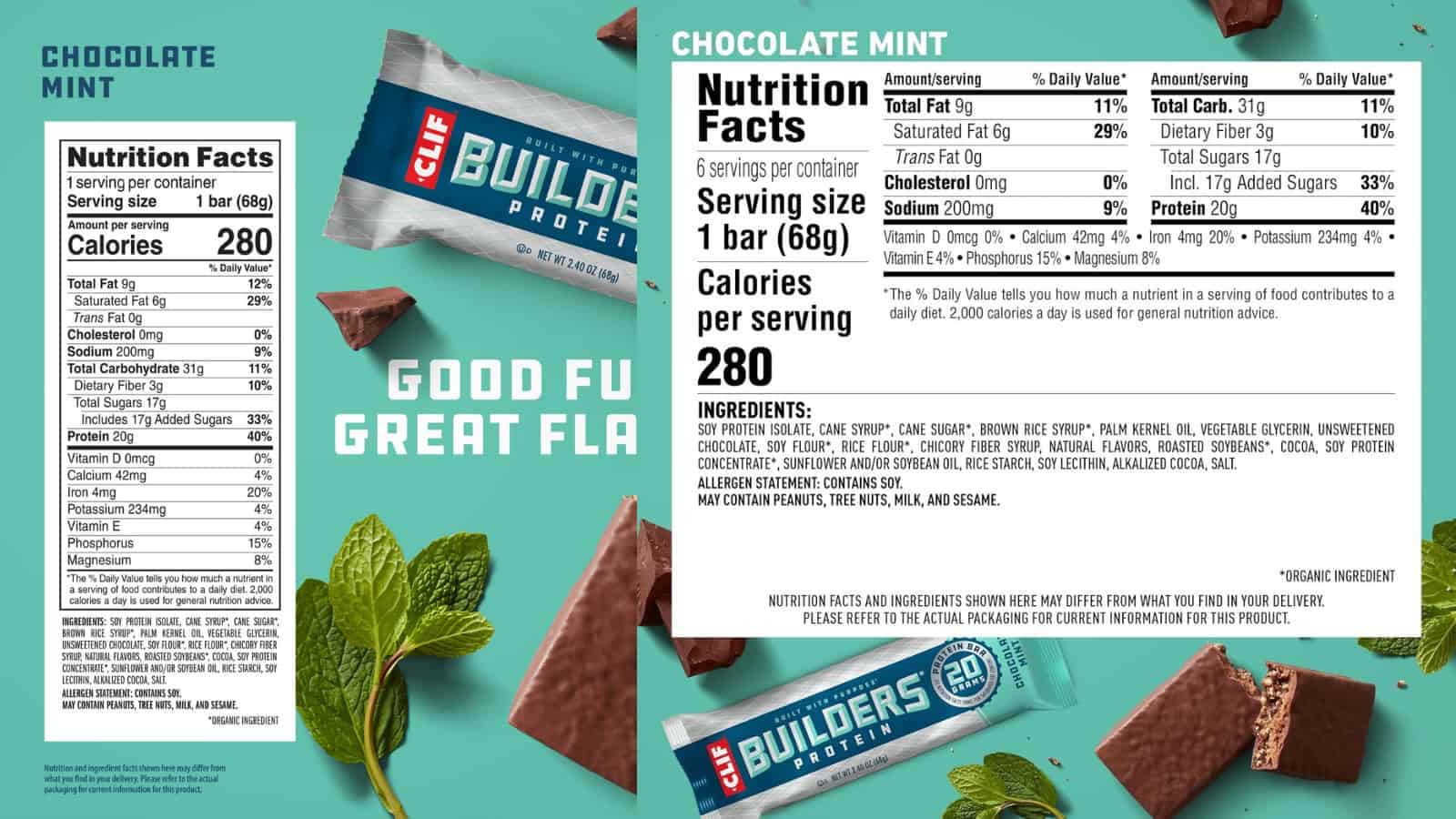
A food product with less than 70% organic ingredients can only list the organic items on the ingredient panel, and the USDA organic seal may not be used. Products with less than 70% certified organic ingredients can’t use the word organic on the display label, but they can list the organic ingredients in the ingredient list and the percentage of organic ingredients.
What does non-GMO mean?
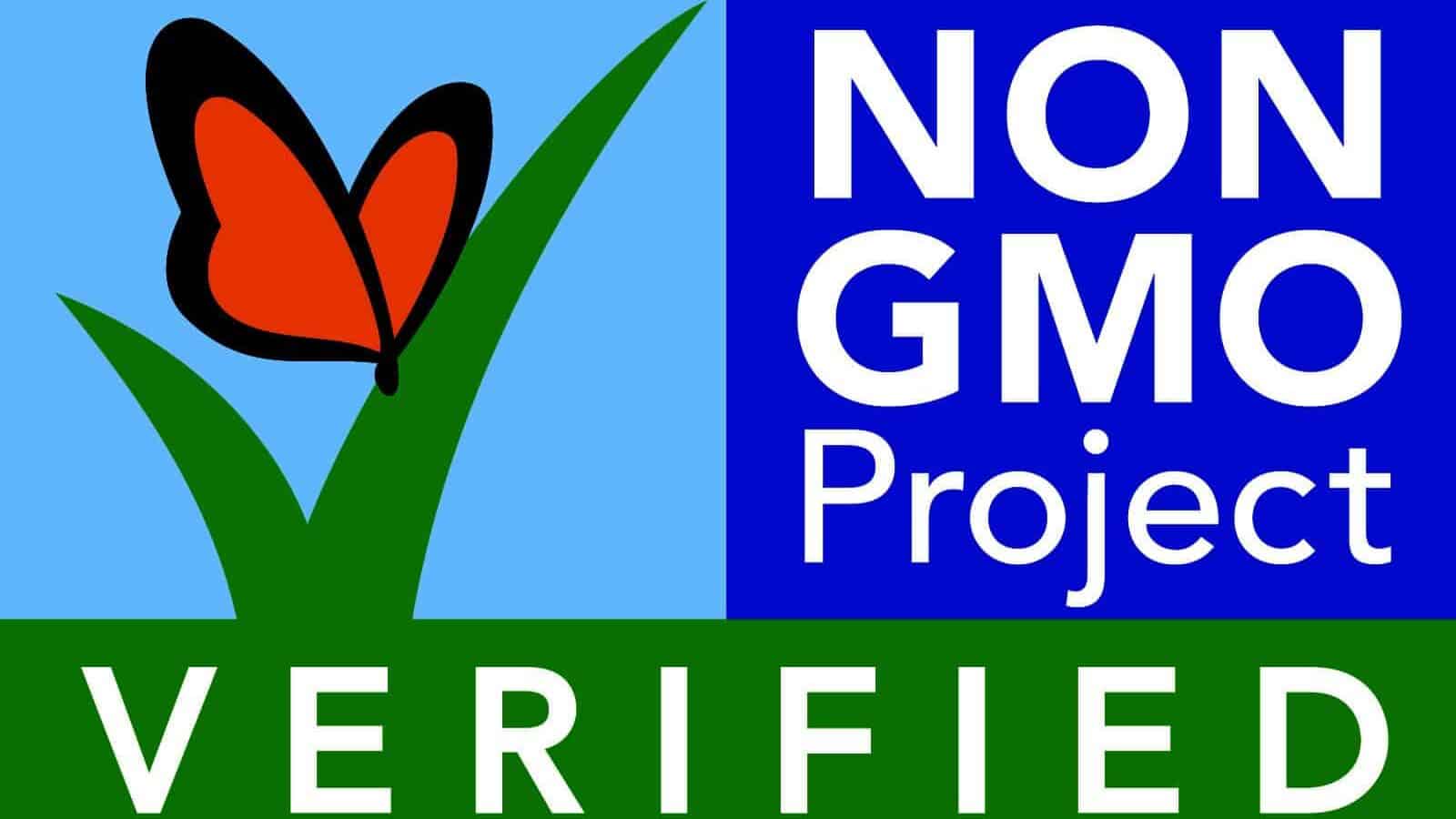
Organic products are not allowed to contain genetically modified organisms (GMO). Therefore, a product with the USDA Organic seal is naturally non-GMO. This means that a farmer cannot plant GMO seeds, an organic cow cannot eat GMO alfalfa or corn, and an organic manufacturer cannot use any GMO ingredients.
Organic farmers and processors must show they aren’t using GMO and that they are protecting their products from contact with prohibited substances from farm to table.
it’s important to note that according to the FDA, GMO foods are safe to eat and just as healthy as non-GMO foods. In fact, some GMO plants have been modified to improve their nutritional value.
Natural

Under the USDA, “Meat, poultry, and egg products labeled as “natural” must be minimally processed and contain no artificial ingredients.” In other words, the “natural” label is about how the food is processed and does not include any definitions for how the animals are cared for on the farm.
For other foods, the natural label does not mean organic or even guarantee that a product resembles anything natural. It could simply mean that at one point, the product contained a natural source, like oranges or apples.
What about meat and dairy?
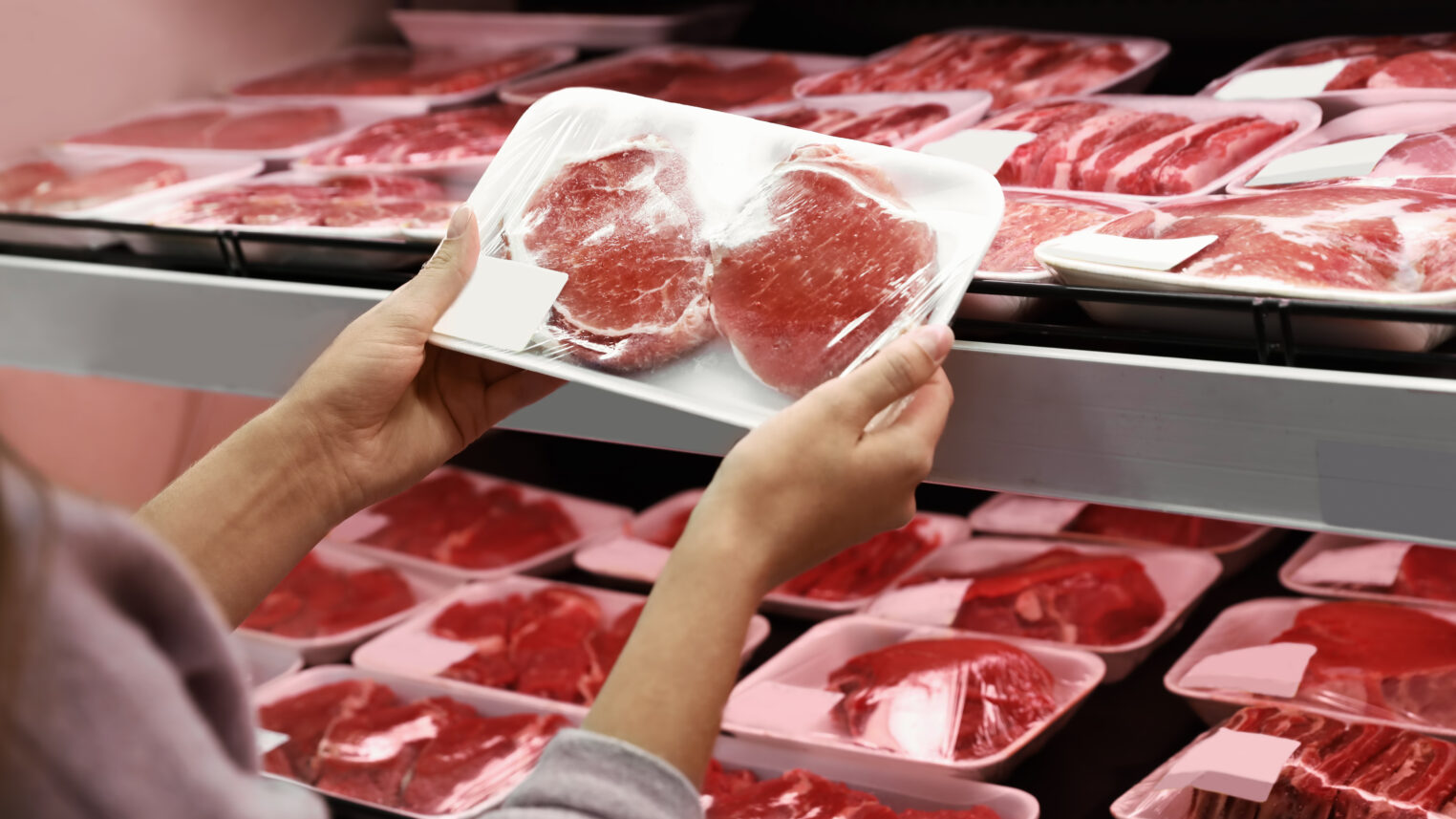
Claims on food labels with meat and dairy refer to what type of feed an animal eats during its lifetime. The United States Department of Agriculture (USDA) oversees these claims, just like it does with the organic label. Not all claims mean that the meat or dairy is also organic, and not all are regulated claims.
Certified Grass Fed

This label means that animals consume only foraged grasses, with the exception of milk prior to weaning. They are not given any grain or grain byproducts and also means that the animals have continuous access to the outdoors during the growing season; it does not provide guidelines for other aspects of animal welfare.
This isn’t to be confused with grass-finished, which means that animals can be fed grain during their lifetime and only fed grass or allowed to forage just before harvest. Grass-fed can also be used, but only USDA Certified Grass Fed is a certified label.
Grass-fed beef has been shown to have higher levels of beneficial fatty acids, like omega-3 fatty acids, but it tends to be much more expensive than its grain-fed counterparts. Additionally, because of the additional land needed for foraged animals and the longer finishing phase, grass-fed beef likely has a higher carbon footprint than conventionally raised beef.
Pasture Raised
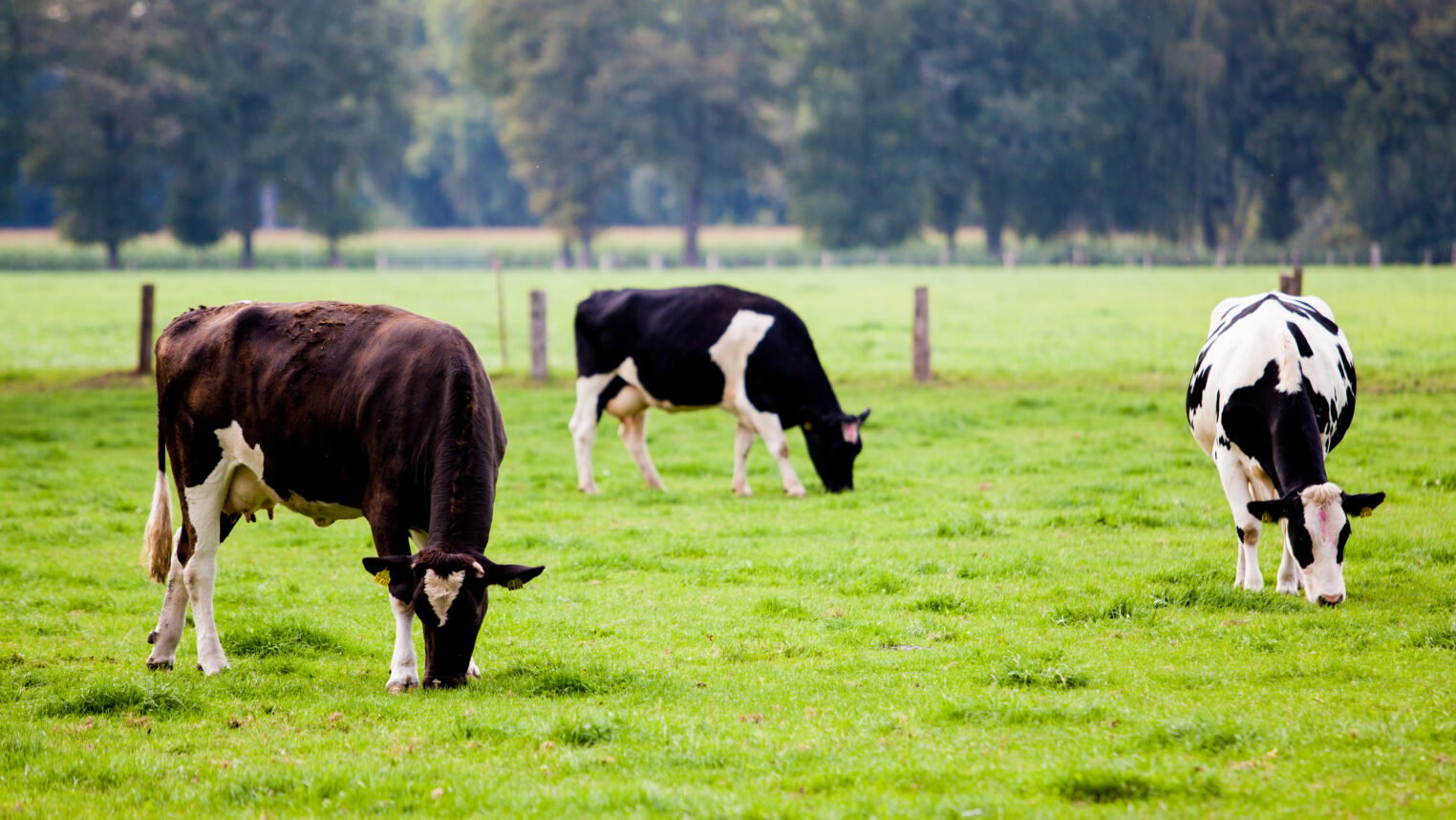
Pasture-raised is not a regulated term, though it typically means that animals have continuous free access to the outdoors. It does not define any standards for how much space each animal should be provided or the quality of the land that the animals are able to access.
Free Range
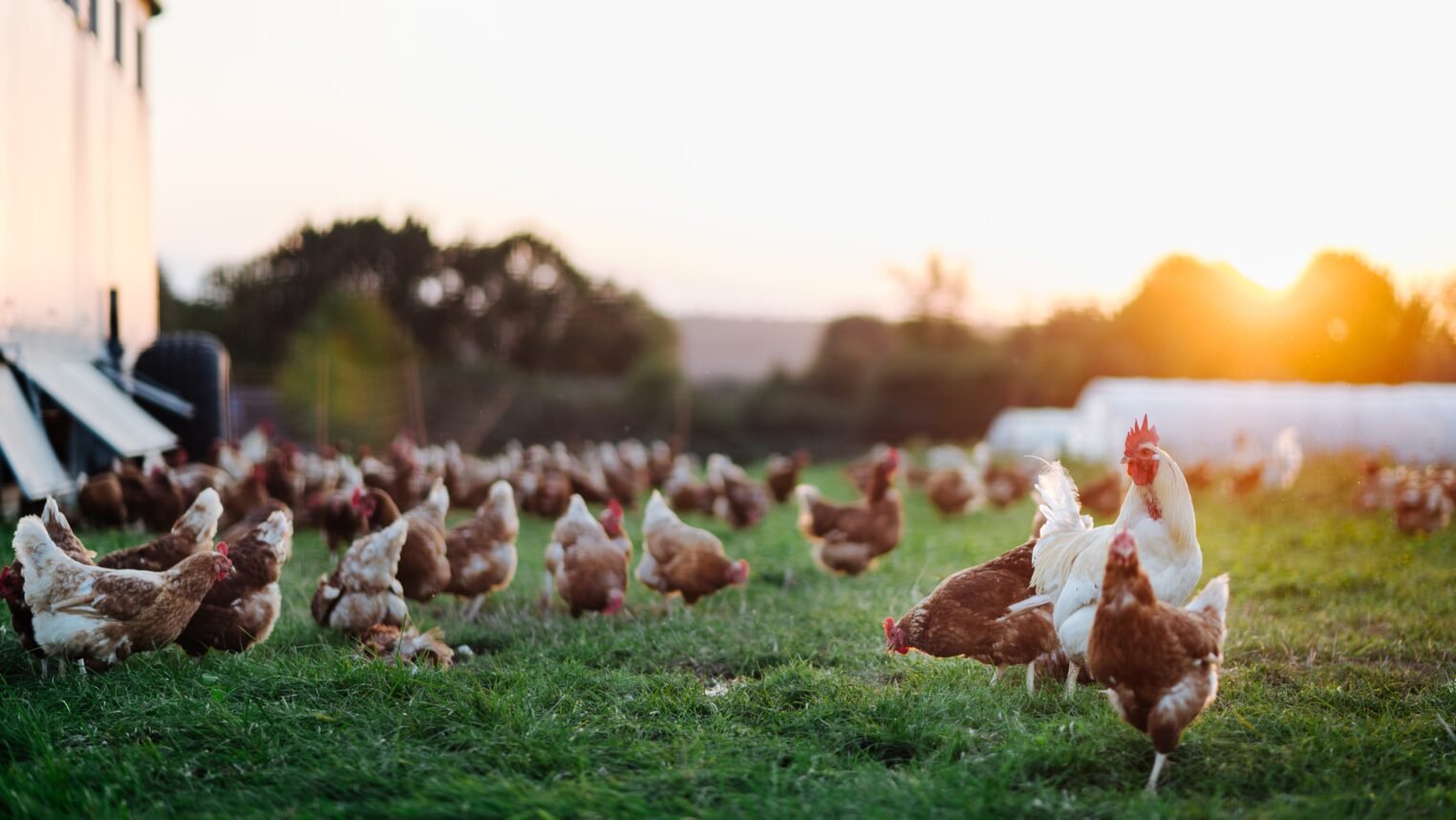
This term means that animals are given access to the outdoors for at least 51% of their lives. However, it does not define any standards for how much space per animal is given or the frequency of outdoor access.
Cage Free

Cage-free means that the hens are able to move freely indoors, but it doesn’t define how much space each bird is provided. However, there are some third-party seals such as Animal Welfare Approved, Certified Humane, Global Animal Partnership or United Egg Producers, that have their own specific regulations of what cage-free means.
For example, The Certified Humane® label lets consumers know that farmers are adhering to a precise set of their Animal Care Standards. In addition to lighting, air, and food requirements, these standards also require cage-free living, enrichments for the hens, like perches and proper space where they can do what hens do, like flapping their wings or dustbathing their feathers.
Vegetarian Diet

You’ve likely seen this term only when it comes to buying eggs, as it’s where it’s mostly found. This label means that only vegetable feeds were given to the chickens (or other animals, depending on the product) and no animal products or by-products such as blood meal or bone meal are fed.
However, “Vegetarian-Fed” doesn’t mean the hens are vegetarians. On pasture, hens eat worms, grubs, and bugs. But vegetarian-fed does mean the hens aren’t being fed animal by-products, like ground chicken.
Humane
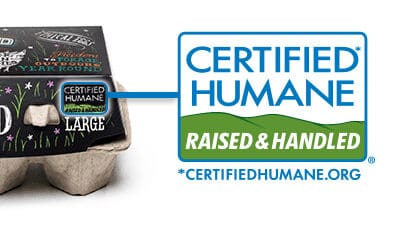
The word “Humane” is not regulated by the USDA, however there are some third-party humane labels that can be used on animal foods. For example, the Certified Humane Raised and Handled label is a label used for products that come from operations that meet their objective standards for farm animal treatment.


